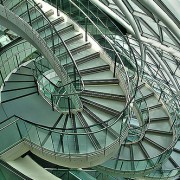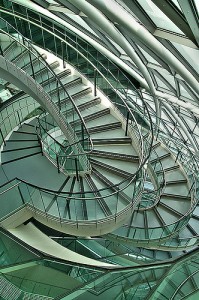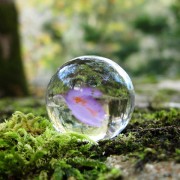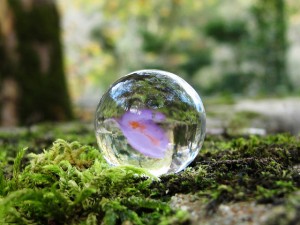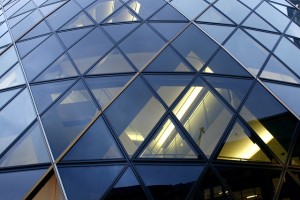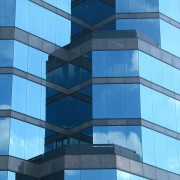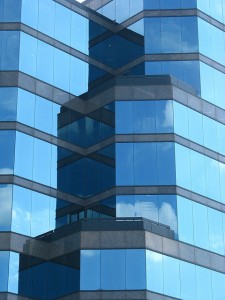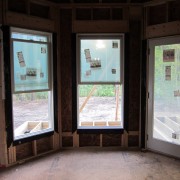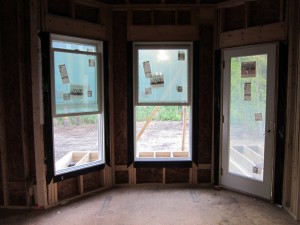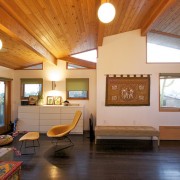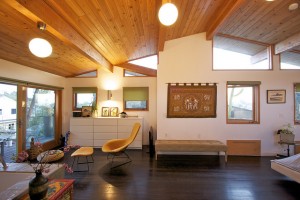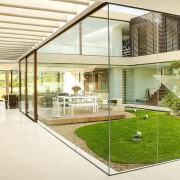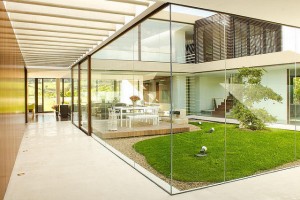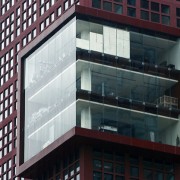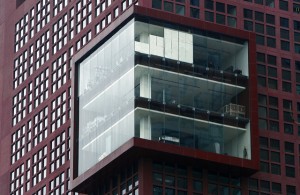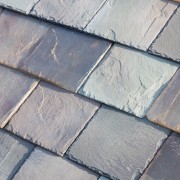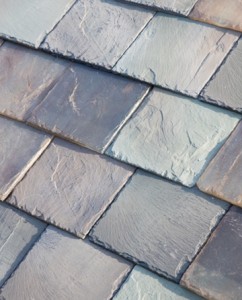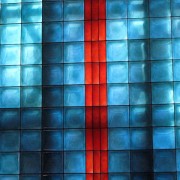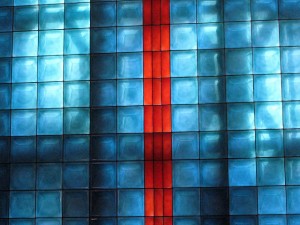Design considerations for glass
Safety. Without a doubt, any glass design must thoroughly examine safety from every angle. Generally, where safety is a concern, a wide range of safety glass options are available. Tempered glass and laminated glass are two common options that will prevent or minimize injury in the event of glass breakage.
Wildlife. Low-emissivity glass is highly reflective and energy-efficient, but highly reflective glasses can cause significant loss of life for birds. Birds can’t detect the subtle differences between reflective glass and its surroundings, and can fly into glass at full speed, and with deadly consequences.
Energy consumption. Without a doubt, energy consumption is a concern when designing with glass. The design stage is critical because decisions made at this stage will have lifetime-cost implications for a building. Poor energy conservation may make an otherwise beautiful building virtual unsalable in the future, if energy costs rise substantially.
Weather. Special consideration must be given to designs that will be impacted by weather conditions like high winds, tropical storms, snow, cold temperatures and other similar hazards. You may need to use special glass or glass of a specific minimum thickness to ensure that it’s strong enough to withstand inclement weather.
Appearance. Choosing the right glass can make a major difference in the appearance and attractiveness of a building or building project. Glass can be tinted to virtually any color, but over a large project space, you’ll need to pay special attention to the consistency Other additives and coatings can create different properties that affect the appearance of the finished project.
Glass can also be painted using a specialty paint product like Glassprimer™ glass paint. Glassprimer™ glass paint is cost-effective and can be used to create both artistic and practical effects.
If you’d like more information about Glassprimer™ glass paint and how it can help you control light and heat in your space, please visit the rest of our site. If you’d like to purchase Glassprimer™ glass paint, please visit our online store .
Photo Credit: Nick Garrod , via Flickr.com

